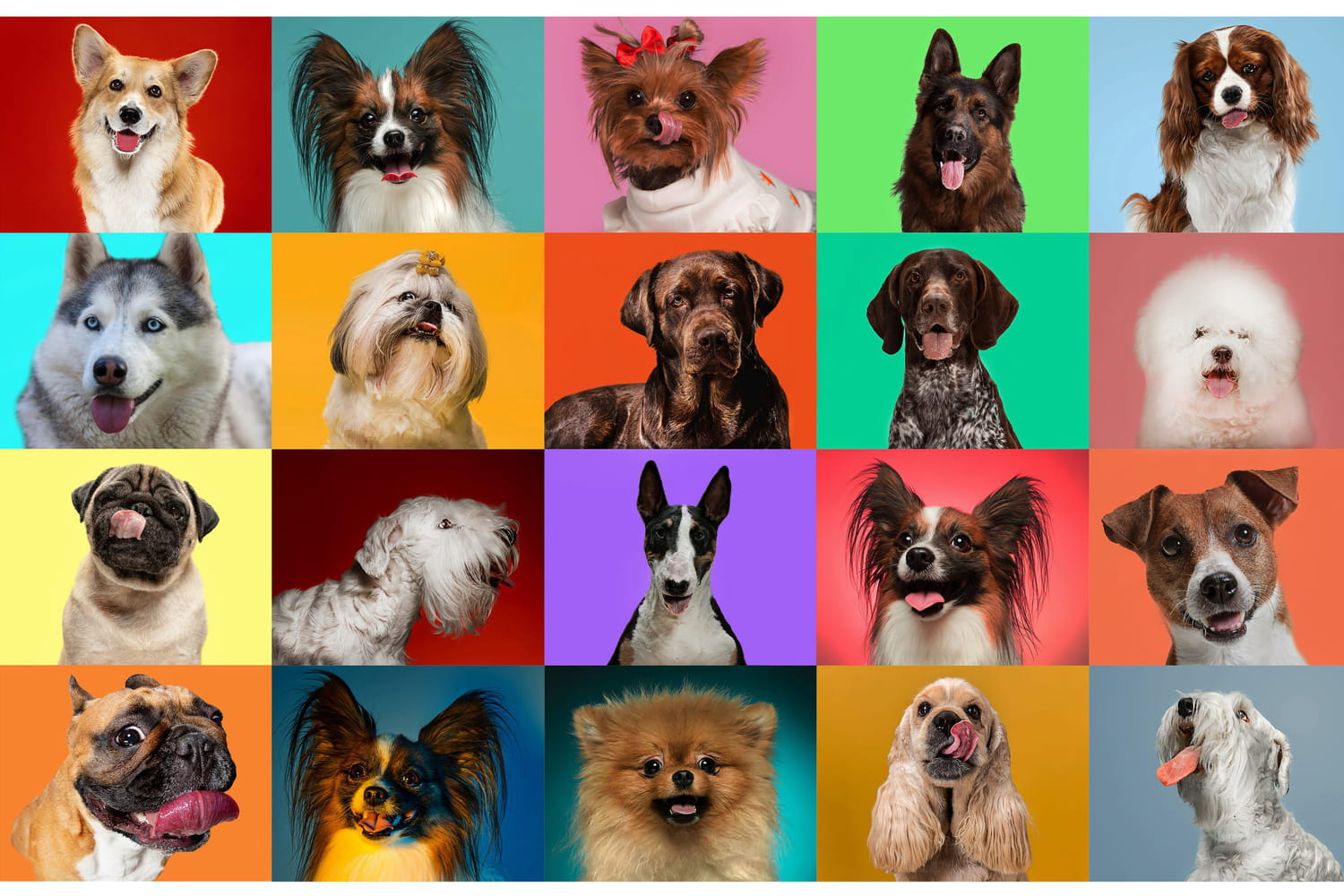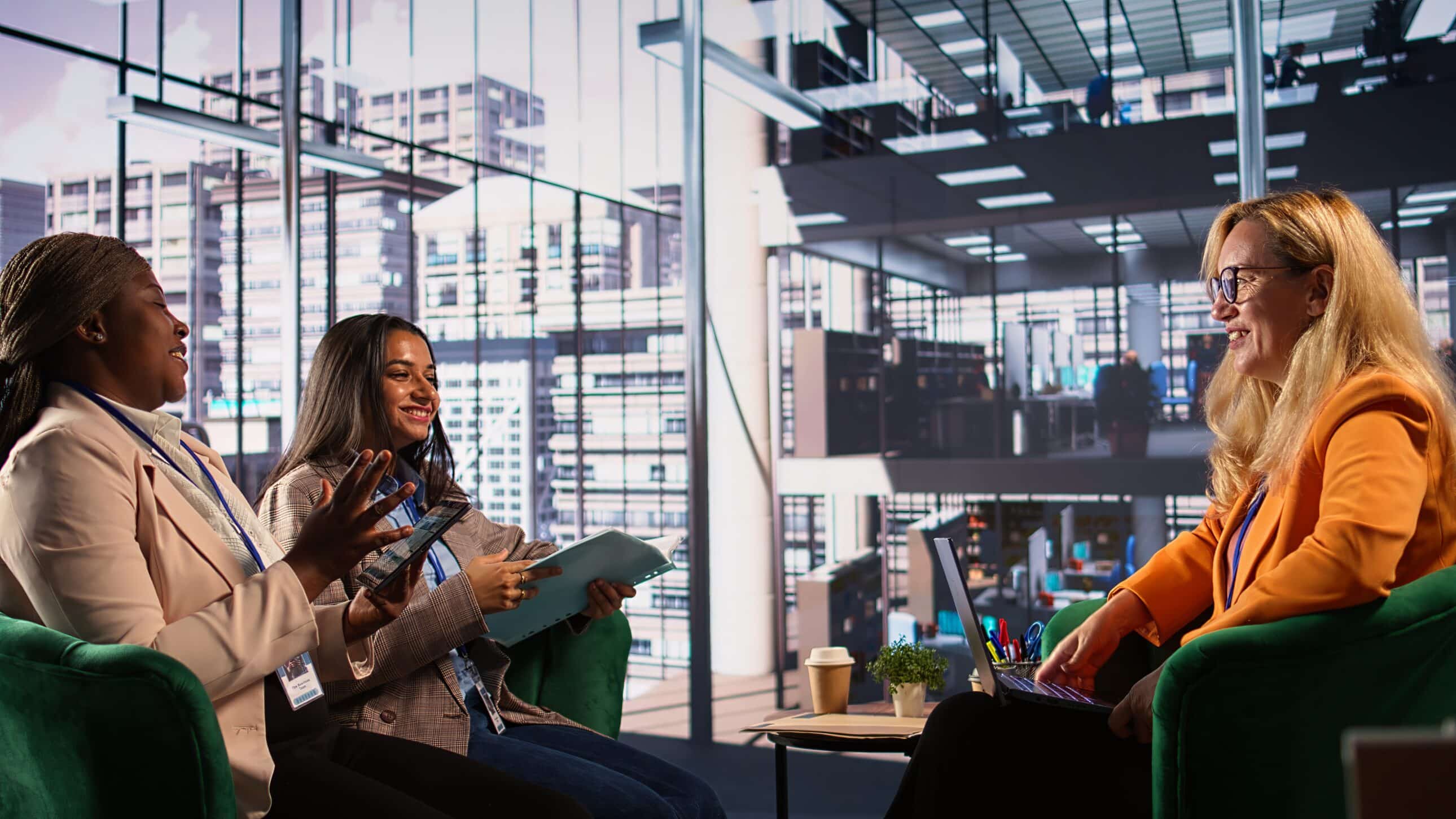In 2025, artificial intelligence (AI) will greatly change the world of work. Indeed, professions in France facing AI are evolving rapidly, and according to a study published by Zety, AI is no longer content to assist humans: it becomes partially autonomous and capable of complex actions.
Faced with this rapid evolution, a central question arises: which professions are threatened, which are transforming and how to prepare? To answer this, this study deciphers the sectors most affected, the professions that are resisting and how to prepare, while focusing on women and their careers.
The sectors most exposed to automation
Zety’s study shows that AI primarily targets repetitive and simple tasks. Therefore, some sectors are more affected than others:

-
Administrative Services: sorting of documents, diary management, optical character recognition (OCR), etc. Secretaries, assistants, data entry operators are particularly concerned.
-
Transport & logistics : with the arrival of autonomous vehicles and the automation of warehouses, delivery people, drivers and forklift operators are seeing their jobs evolve.
-
Commerce & distribution: self-checkouts, stores without cash registers, virtual assistants: salespeople and checkout hosts/hostesses are weakened.
-
Banking & insurance: automatic analysis of customer files, document processing robots: back-office functions are transformed.
-
Industry: collaborative robots replace assembly or visual inspection stations.
-
Health: although very human, this sector is not immune: AI analyzes medical images, automates certain entries or routine examinations, putting tension in professions such as that of radiologist or medical secretary.
For women, often present in administration, commerce or care, it is important to remain attentive and ready to adapt.
The top 10 professions most threatened by AI
According to Zety, the professions most affected are those dominated by standardized tasks, little human interaction and automatable processes. So, here is the prize list:
1. Data entry/back‑office operators
2. Cashiers/checkout hosts
3. Administrative employees / secretaries
4. Bank tellers
5. Accountants/bookkeepers
6. Telephone advisors / switchboard operators
7. Assembly workers
8. Drivers / delivery people
9. Editors/translators
10. Graphic designers / layout designers
In fact, these professions combining high volume + repetitive tasks are particularly at risk.
“Resistant” professions (and why)
However, everything is not negative: certain professions remain less affected by AI. For what ? Because they ask for human skills, creativity, empathy or a varied physical environment.
For example, among these professions:
-
Care and support professions (nurses, caregivers, specialized educators)
-
Craftsmen/skilled construction workers (masonry, electricians)
-
Consulting, management and HR professions
-
Creative professions (designers, scriptwriters, artists)
-
Maintenance technicians, repairers
Thus, for women, this calls for valuing these human skills and considering trajectories towards these “resistant” areas. It also shows that certain skills remain irreplaceable despite the rise of AI.
What tasks can be automated? What value remains for humans?
On the one hand, certain tasks are easily automatable:
-
Data entry, forms
-
Processing simple and standardized emails
-
Sorting, classification, archiving
-
Visual inspection of images/documents
-
Production of summaries and simple texts
On the other hand, certain tasks remain human:
-
Original and artistic creativity
-
Personalized customer relations
-
Negotiation, advice, empathy
-
Complex clinical decision
-
Human supervision, conflict resolution
In other words, the challenge for each: to be less an “executor” than a “reflector” of their role.
How to adapt and bounce back in this context?
Faced with these changes, it is a matter of preparing for the transition. To achieve this, here are some concrete ideas:
-
Learn throughout life(via the Personal Training Account or a Professional Transition Project)
-
Reposition yourself towards functions with high human value: coordination, advice, management, emerging business expertise
-
Explore the sectors of the future: AI, ecological transition, medico-social, professional training
-
Master AI tools: make it a lever rather than a threat
-
Strengthen “soft skills”: adaptability, critical thinking, communication, creativity
In summary, for workers, this means: not only identifying what I dobut how I do it, with what unique added value.
New Labor-AI pact: what horizon for 2030?
AI does not replace humans: it changes the way we work. Zety sums it up well: “ The era of AI is beginning, that of humans are reinventing themselves. »
This new pact involves:
-
Of the public policies and engaging companies for training & support.
-
A more agile professional repositioningfocused on what makes human value.
-
An inclusive approach: AI must be an lever of professional emancipationand not a factor of exclusion.
For women, it is a chance to rethink their career, learn new skills and professions where their talent is recognized. The future of work relies on cooperation between humans and AI.











